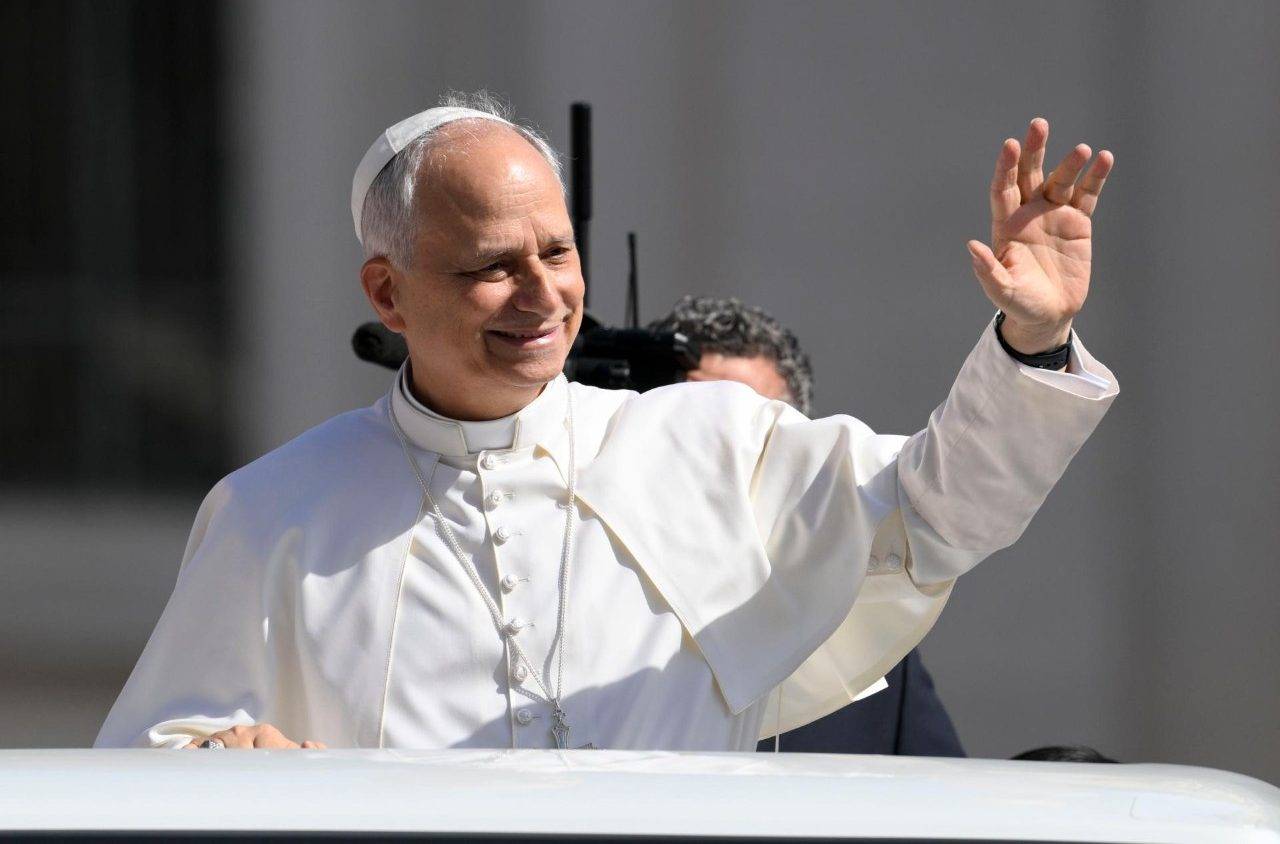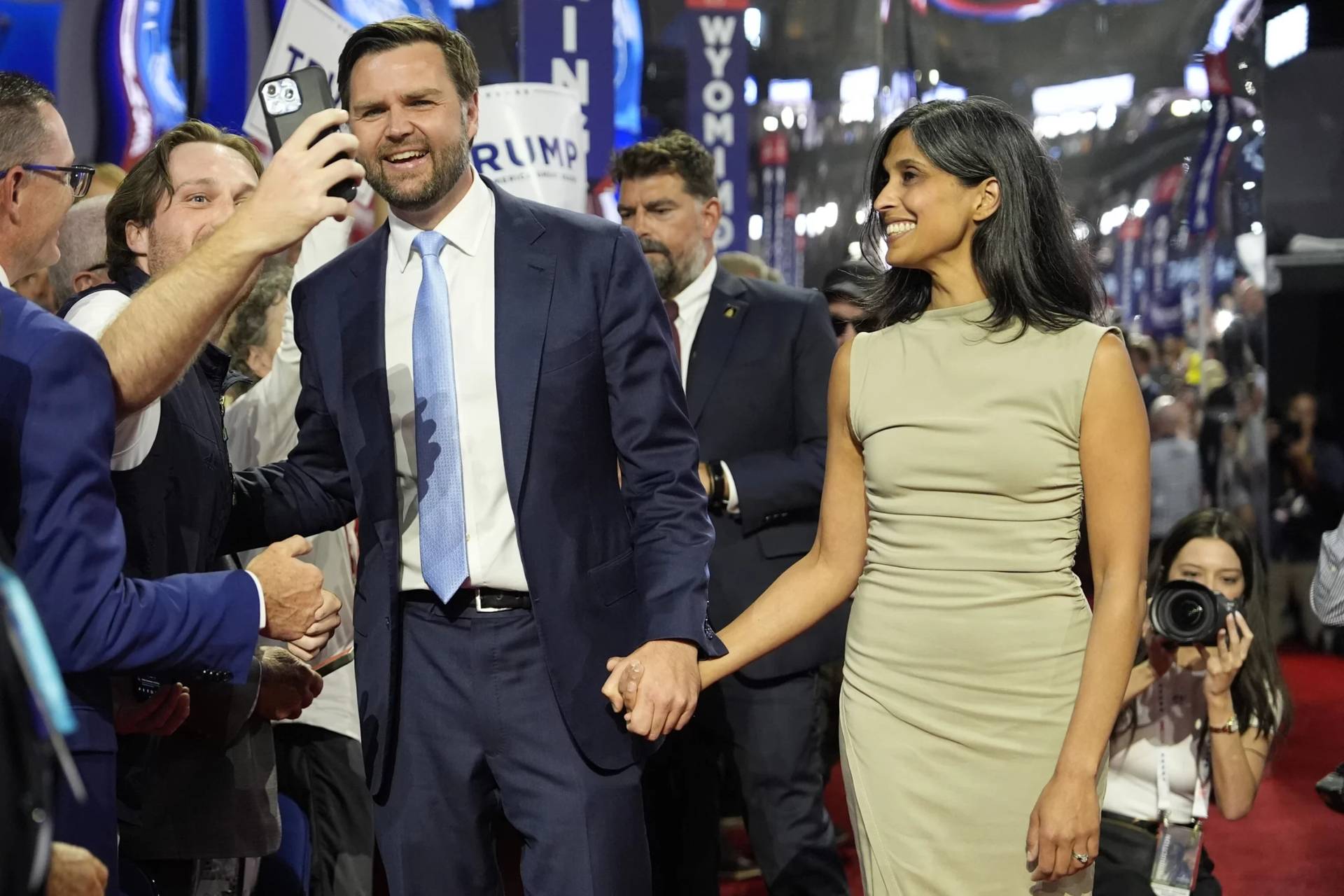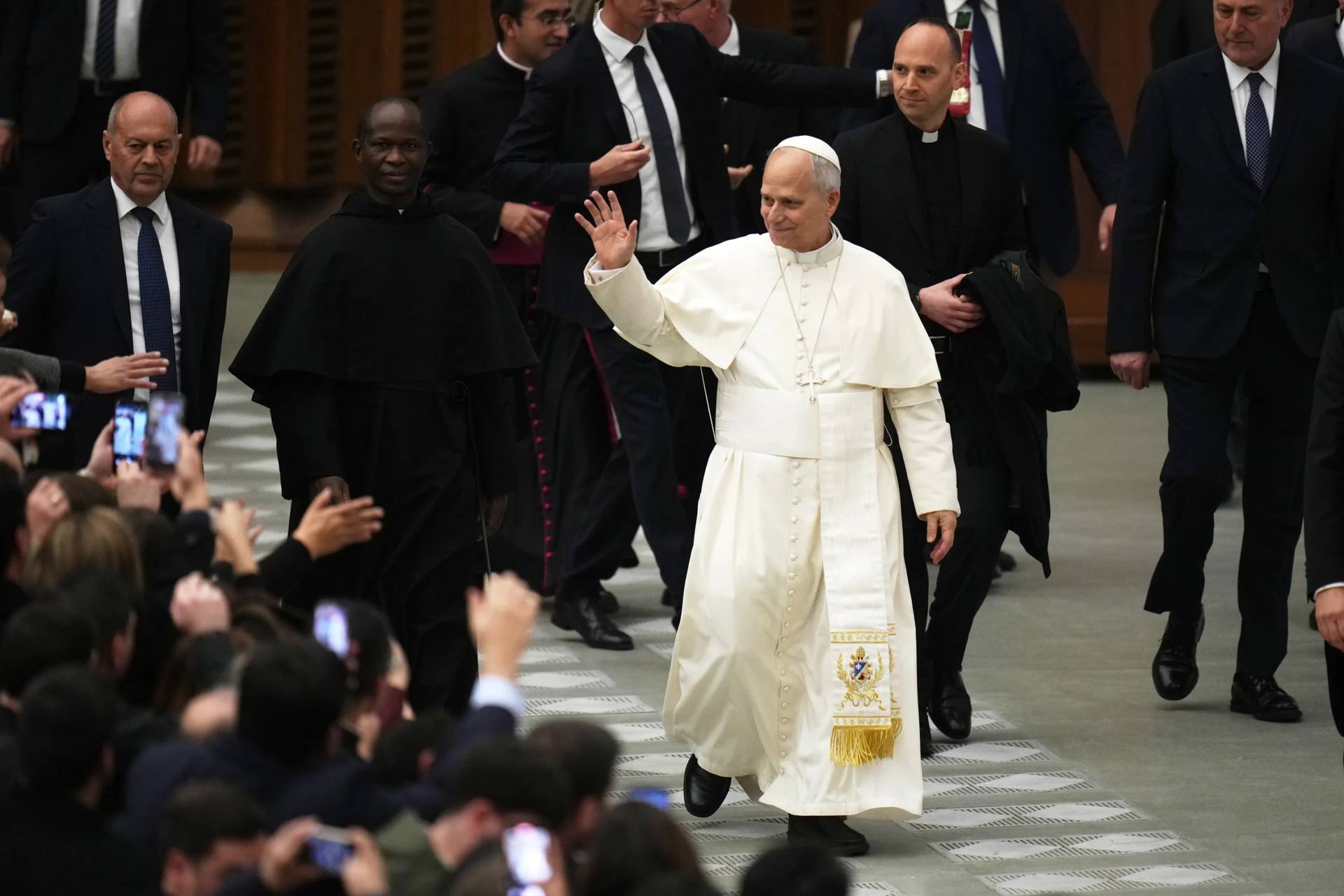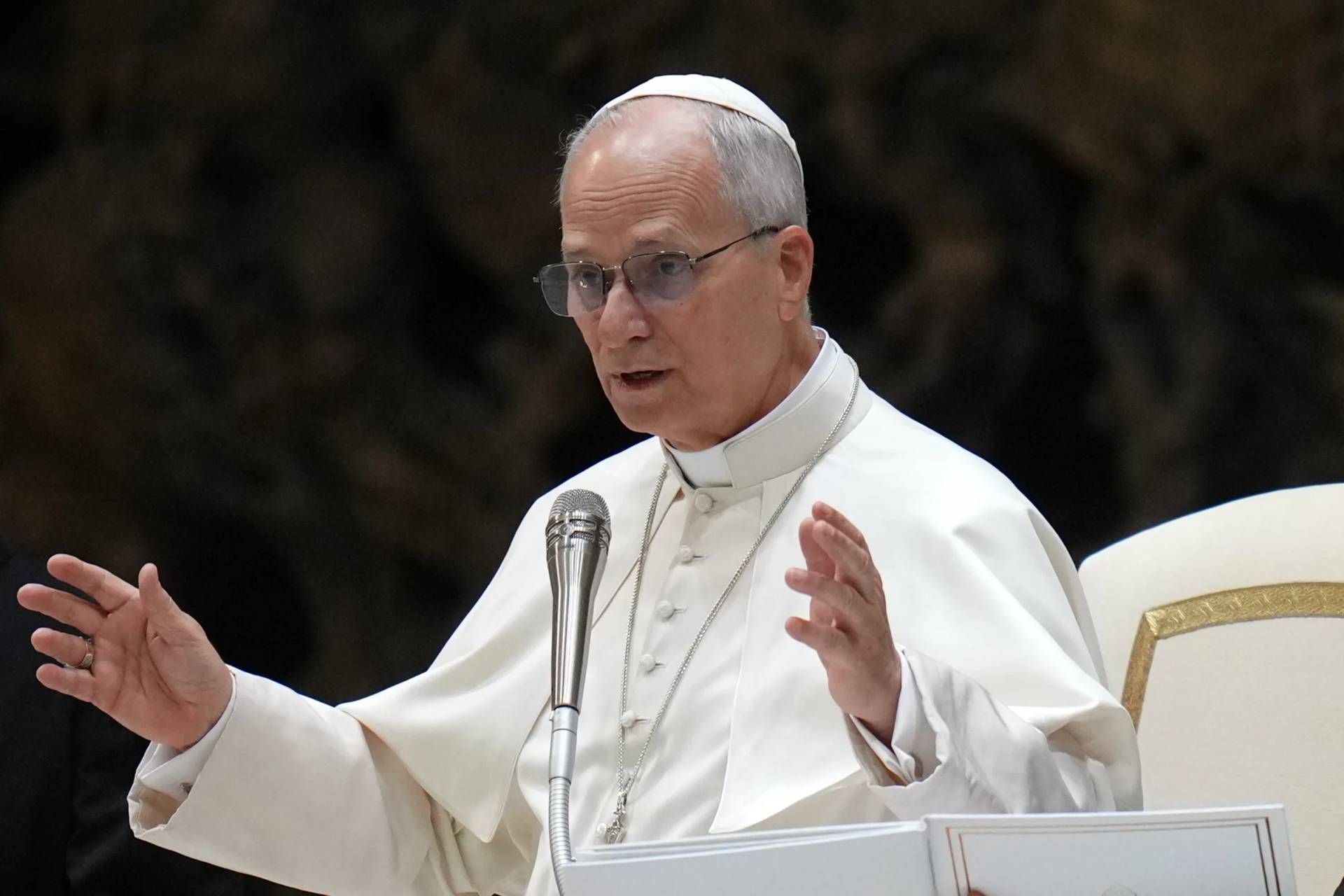There are few moments more enlightening about the direction a pope wants to take the Church than consistories to create cardinals, and Francis’s list of 17 men who will receive red hats on Nov. 19 is no exception.
His picks contain three overall messages, and a number of particular ones, which are local Church-specific, and have particular strategic objectives.
Leaving Europe behind
The 13 under-80s — the so-called ‘electors’, who, once a conclave is called, will vote for Francis’s successor — will help to shape the future direction of the Church. Come November, 17 percent of the electors will have been named by St. John Paul II, 46 percent by Benedict XVI, and just over a third — 36 percent — by Francis.
Most obviously this, the pope’s third consistory, deepens his policy of de-Europeanizing the College of Cardinals in order to better reflect the southward shift in Catholicism’s center of gravity. (Two-thirds of Catholics now live in the global south).
Asked about his plans for new cardinals on the plane back from Azerbaijan, Francis said he wanted “to show the universality of the Church in the college of cardinals — not just the, let’s say, European center. A little bit of everywhere.”
If a conclave were held shortly after the November consistory, European nations would still have the largest single share of red hats (just under 45 per cent), but they are increasingly outweighed by non-European ones.
In 2015 there were five new voting cardinals from Europe, three from Latin America, three from Asia, two each from Africa and Oceania, and none from North America. This time there are three from Europe, three from Latin America, three from the United States, two from Africa, one from Asia, and one from Oceania.
Within the European bloc, meanwhile, the lack of Italians and curial cardinals is particularly striking.
Only Bishop Kevin Farrell of Texas, who has moved to Rome to take up his role as prefect of the council for laity and life, qualifies as a curial cardinal. A conclave held at the end of this year would be made up of 28 per cent curiali, compared with 35 per cent in the conclave that elected Francis.
Hearing from the peripheries
But Francis is not only seeking a geographical re-balance; he wants the College of Cardinals to include the voice of the ecclesiastical periphery.
Just as, in 2014, he picked bishops from Burkina Faso and Haiti, and in 2015 from Burma, Myanmar and Tonga, this time he has selected men from Papua New Guinea, Mauritius and Bangladesh. The presence of these red hats in a future conclave, Francis believes, will help prevent the euro-centric liberal-conservative polarizations of previous papal elections.
Men of Mercy
Appropriately, given that this consistory will take place just before the official closing of the Jubilee of Mercy, Francis’s third message is ‘pastoral conversion’. His choices—from 11 countries on five continents— reflect a Church that witnesses, as he put it, to “the mercy of God in every corner of the world.”
It is hard to find, among these names, one that is not signed up to Francis’s invitation to the Church to foreground mercy. Carlos Osorio, whom Francis named to Madrid in 2014, for example, often says that mercy is the viga maestra — the “buttress” or “main supporting beam” — of the Church.
The other European red hat, Jozef de Kesel, was also appointed by Francis, in December last year, as Archbishop of Mechelen-Brussels. A former auxiliary under Godfried Danneels — one of the veteran cardinals at the last conclave who advocated Jorge Mario Bergoglio as pope — de Kesel is a bridge-building pastoral theologian and man of dialogue who has none the less been firm in defending Catholic institutions from Belgian state pressure over euthanasia.
Both Osoro and Kesel follow on from traditionalist, culture-warrior archbishops (Antonio Rouco Varela in Madrid, André-Joseph Leonard in Brussels). By making them cardinals, Francis is furthering the pastoral conversion of the European Church.
Consolidating Latin America
Yet for all that Francis wants to bring in voices from Asia and Africa, the main gravitational center in this pontificate remains Latin America, home to nearly half of the world’s Catholics and the most likely provenance of the next pope.
In his first consistory in 2014 Francis appointed five new electors from his home continent, a one-off one-third increase in its representation in the College. In 2015 and 2016 he has named a total of six more — again, the single biggest increase in the College of any part of the world.
Compared with the US choices, which — as John Allen has analyzed — are designed to produce a gear-shift, the Latin-American picks are intended to consolidate its existing direction. All three men are heavyweights within the continent’s episcopal bodies, busy implementing the vision of Aparecida agreed at the General Conference of the Latin-American bishops (CELAM) in 2007.
Carlos Aguiar Retes, the Archbishop of Tlalnepantla just north of Mexico City, is a highly-regarded former president both of the Mexican bishops’ conference and CELAM, and very likely to be the next Archbishop of Mexico after Cardinal Norberto Rivera Carrera, the current Primate, turns 75 next year.
When I interviewed Aguiar Retes in his austere, nondescript modern office in Tlalnepantla in February I felt I was in the presence of a Mexican Francis: soft-spoken, humble, pastoral, steeped in the vision of Aparecida, deeply influenced by Jesuit spirituality, yet with a razor-sharp analytical mind.
Sérgio da Rocha, 57, is a young, high-flying bishop, also in the Aparecida mould, and active in CELAM. Named Archbishop of Brasilia by Benedict XVI in 2011 after spells as bishop in the poor and racially diverse north-east of the country, he was elected by a clear majority of his fellow bishops as president of the Brazilian bishops’ conference — the world’s largest —in April last year.
Da Rocha has been key to setting the Church’s direction based on dialogue, communion and mission, which he sees as implementing Evangelii Gaudium.
Baltazar Enrique Porras Cardozo, 72, the Archbishop of Mérida, Venezuela, is a veteran of the Church’s long battle with the authoritarian Hugo Chávez regime. A vocal and visible critic of Chávez while president of the bishops’ conference for two periods, from 1999 to 2006, he has long borne the brunt of state anticlerical propaganda.
His red hat, which means now that Venezuela will again have two cardinals, is both a reward for his courage and service and also a way of bolstering the Church’s position as the country descends into anarchy under Chávez’s disciple, President Nicolás Maduro.
The Vatican’s secretary of state, Cardinal Pietro Parolin, has said he is willing to mediate between the government and the opposition. In naming Porras cardinal, Rome leaves no doubt about its own position in favor of democracy and pluralism.
In sum, Francis’s 2016 consistory has some clear messages. It is designed to bring about or consolidate the pastoral conversion of the Church in the Americas, reducing the European and curial numbers while rewarding pastoralists in the old continent. It’s also intended to bring in young, diverse voices from the Church’s fast-growing periphery, while bolstering the Church in places where it needs all the help it can get.

















